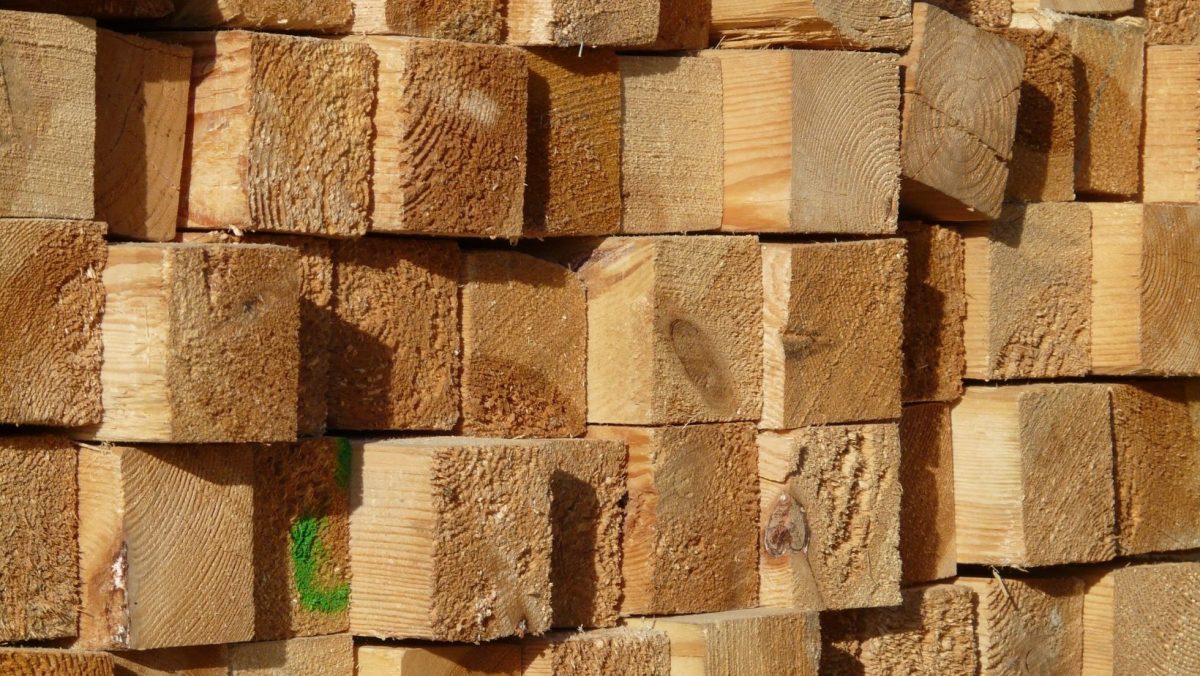We are graded throughout life, beginning with our early days in school, but did you know that lumber is graded too…and for good reason? The purpose of wood grading is to ensure that lumber meets industry standards for various forms of construction. Wood grading is determined from the most deficit side and takes species, appearance, defects, strength and durability into consideration.
First, woods are classified as soft or hardwoods. Softwoods, such as pine, cedar, fir and spruce typically offer straighter grains, making them suitable for things like framing. Hardwoods, such as oak, cherry, walnut, maple and teak, are known for their durability and typically include more intricate grain patterns, lending themselves nicely to cabinetry, furniture and flooring.
Softwood Appearance A, B, C and D are select grades with A showing no visible defects, B with very small visible defects, C may have small knot holes with one side free of defects and D with small knotholes and small blemishes. Knotty pines come in #1 and 2 Common designations, with #1 being knotty in appearance and #2 having tight, but larger knots. Stress graded softwoods are better for load bearing applications like beams, posts and rafters; and then you have your non-stress lumber…
Non-stress lumber #1 is typically used for things like siding or shelving because it doesn’t have many knots and takes paint well; #2 standard grade will still accept paint well, but it may have a few more knots; #3 utility grade is not for painting, but may be used for things like subflooring; #4 economy grade will contain more defects including splits, but may be used for things like concrete forms; and #5 includes the most defects.
For hardwoods, first and second grades are the highest, with select grades offering slightly reduced size requirements. Cabinet grade is also referred to as #1 common grade and economy grade, which is commonly used for things like small furniture components, is #2A common grade.

